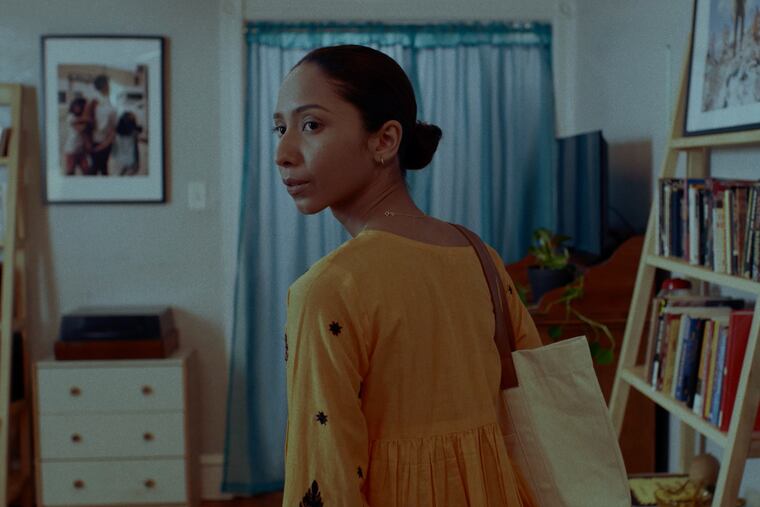BlackStar Film Festival will showcase a film by Philly’s Imran Siddiquee
Siddiquee’s “The Difference Between Us” is an ode to queer people of color in Philadelphia.

One of the first challenging things Imran Siddiquee shared with their parents was that they weren’t going to be an engineer.
Another was that they are queer.
Siddiquee grew up in Springfield, Ill. in a family of Bangladeshi immigrants. Throughout their life, they always found themselves at the intersection of marginalized experiences in America: immigration, race and ethnicity, and queerness. The Philadelphia resident has published numerous essays on race and gender in publications like the Atlantic, but growing up, Siddiquee never saw anyone like them — and never saw their lived reality depicted in film or literature. So they set out to create one themselves.
The Difference Between Us, a short film written and directed by Siddiquee and produced by Tshay Williams, will be debuting Aug. 5 at this year’s BlackStar Film Festival, taking place Aug. 2 through Aug. 6. The film follows an undocumented immigrant from Bangladesh who immigrates to Philadelphia to escape something from her past. After she discovers a room in an apartment to sublet, she finds herself dreaming about her roommate — and the life she could have.
“I don’t think anyone had read me stories about the experiences of queer Muslims who are also immigrants and also undocumented,” said Siddiquee. “So I hope that it reaches those folks.”
Much of the inspiration for the film came from Siddiquee’s personal experiences, including when they first moved to Philadelphia from Oakland eight years ago, in the midst of a tense presidential campaign. From Trump signs around their South Philly neighborhood to protests at the airport over the “Muslim ban,” Siddiquee witnessed the impact the politics at the time had on people of color and immigrants, especially those who were undocumented. It was that context that informed the film they wrote.
But The Difference Between Us is ultimately a queer romance, written for people of color.
The move to Philadelphia introduced Siddiquee to the Philly South Asian Collective, a group dedicated to creating space for the South Asian diaspora and which organizes around intersectional feminist issues. It was in that group that Siddiquee, not fully out yet, met other South Asians who were also queer.
“I just remember this kind of joy, and for me, a new feeling of being seen,” Siddiquee recalled.
At the time, Siddiquee was still struggling with their parents’ acceptance of their identity — and there were, and are to this day, other folks they knew who don’t feel safe enough to come out.
“A big part of the story was affirming that sometimes it isn’t safe,” Siddiquee said. “Sometimes you don’t have support from the people you want it from the most, but you can find it in other places and other communities.”
“I just remember this kind of joy, and for me, a new feeling of being seen.”
Another personal experience Siddiquee drew upon as they wrote the film was the history of their family, Bangladeshi people of all genders, and queer folks of color. As they learned more, for example, about what their grandmother had to do during the civil war between East and West Pakistan — which led to the creation of Bangladesh — “I started to find that the stories I was told about what one gender can do and another gender can’t do were not rooted in reality, even within my own family.”
Philadelphians may recognize some shots in the film. Siddiquee and the film’s cinematographer, Nausheen Dadabhoy, shot scenes in Upper Darby, where there is a significant Bangladeshi population. And the apartment that the film revolves around was built inside a West Philly home.
“One of the things I’m very aware of is there’s a huge filmmaking community here, but there’s still room for a lot more resources to come to filmmakers of colors in Philly,” Siddiquee said. “I wanted to set it here and make it here for that reason.”